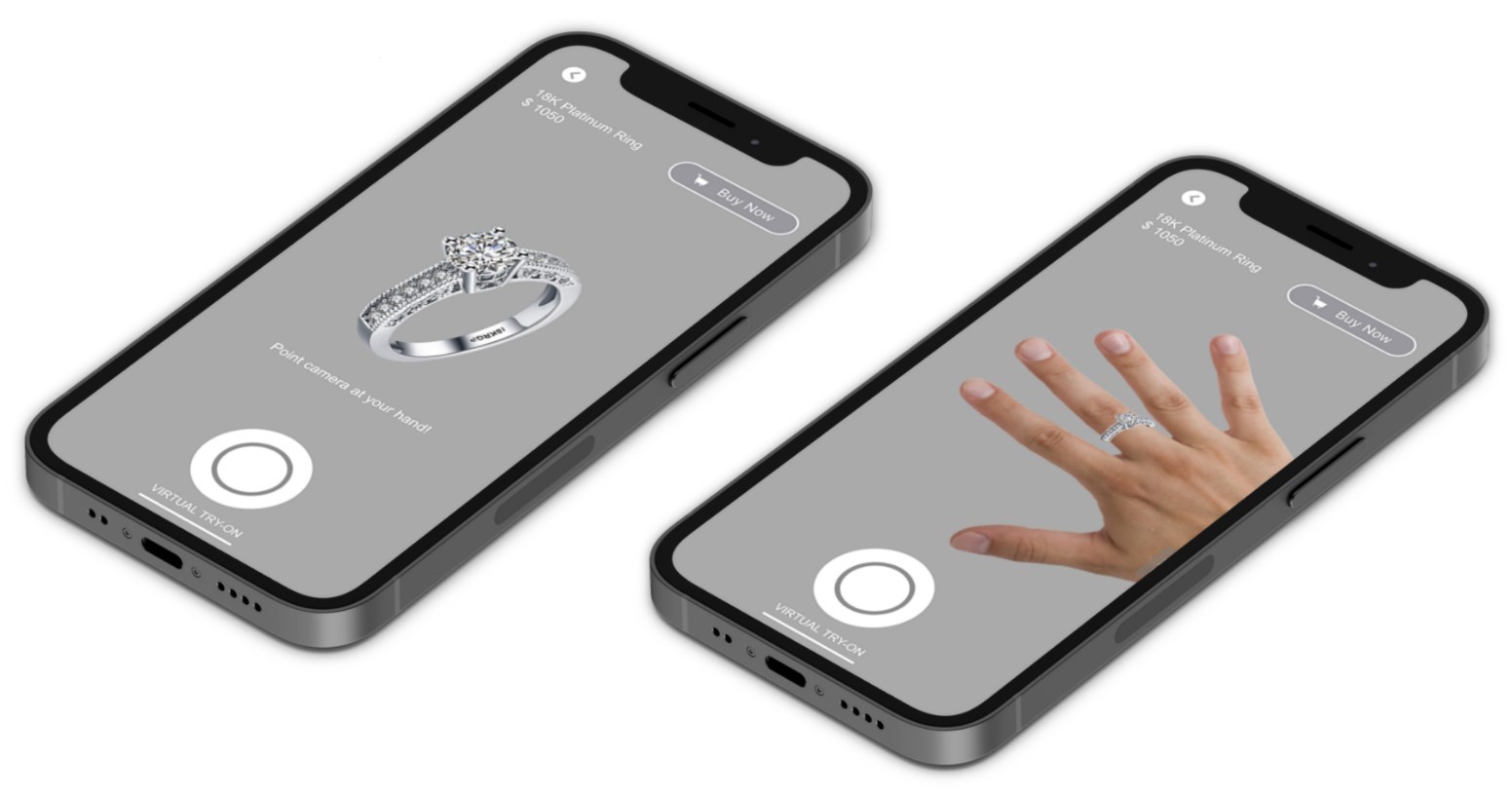In today’s rapidly evolving retail landscape, the integration of cutting-edge technology has become a game-changer for brands aiming to enhance customer engagement and revolutionize the shopping experience. One such innovation, virtual try-on technology, has been gaining significant traction across various industries. From virtual makeup software to virtual try on necklace features, brands are harnessing these advancements to offer consumers an immersive and personalized way to explore products online before making a purchase decision.
Virtual try-on technology, including virtual makeup software and virtual try-on necklace features, has emerged as a transformative tool reshaping the retail industry. This technology leverages augmented reality (AR) and artificial intelligence (AI) to enable customers to virtually experience products, thereby bridging the gap between online and in-store shopping. This blog explores the driving forces behind why brands are swiftly adopting virtual try-on technology and its profound impact on the retail landscape.
Enhancing Customer Experience with Personalization
One of the primary reasons why brands are embracing web AR platform is its ability to offer a personalized shopping experience. Through virtual makeup software, consumers can experiment with various cosmetic products, virtually applying different shades of makeup to match their skin tone and preferences. Similarly, the virtual try-on necklace feature allows customers to visualize how different necklaces or jewelry pieces complement their outfits without physically trying them on. This level of personalization fosters a stronger connection between consumers and brands, leading to increased engagement and customer satisfaction.
Cost-effectiveness and Efficiency for Brands
Beyond improving the customer experience, virtual try-on technology also presents advantages for brands. It offers a cost-effective solution by reducing the need for physical samples across different product lines. With virtual try-on capabilities, brands can showcase their entire product range without the logistical challenges of maintaining extensive physical inventory. This efficiency not only streamlines operations but also significantly cuts down on costs associated with traditional in-store trials and returns.
Impact on Various Industries: Fashion, Beauty, and Accessories
Virtual try-on technology is reshaping diverse sectors within the retail industry. In the fashion and apparel industry, customers can virtually try on clothing items, envisioning how they fit and complement their style. For beauty and cosmetics, virtual makeup software allows users to experiment with makeup looks, test shades, and explore different products virtually. Moreover, the virtual try-on necklace and jewelry features cater to the accessories market, enabling customers to visualize and select accessories that suit their preferences effortlessly.
Technological Innovations Driving the Virtual Try-on Experience
The advancement of augmented reality (AR) and artificial intelligence (AI) has been instrumental in refining the virtual try-on experience. AR technology creates an immersive environment where customers can interact with virtual elements, simulating real-world experiences. AI algorithms enhance the accuracy of virtual try-on software, ensuring a more realistic representation of products and better recommendations tailored to individual preferences.
Consumer Adoption and Response to Virtual Try-on
The adoption of virtual try-on technology among consumers is on the rise. More shoppers are embracing the convenience and interactive nature of virtual experiences when making purchasing decisions. Studies indicate that virtual try-on experiences significantly influence consumer behavior, leading to increased confidence in online purchases and reduced return rates.
Several brands have successfully implemented virtual try-on technology, witnessing notable improvements in customer engagement and sales. For instance, renowned cosmetic brands leveraging virtual makeup software have observed a surge in online engagement, with customers spending more time exploring different products virtually before making a purchase.
Future Trends and Ethical Considerations
Looking ahead, the future of virtual try-on technology appears promising, with potential integration with virtual reality (VR) and further enhancements in user experience. However, ethical considerations, such as data security and privacy, remain crucial areas for brands to address to ensure consumer trust and confidence in using these technologies.
Conclusion
In conclusion, the rapid adoption of virtual try-on technology, encompassing virtual makeup software and virtual try-on necklace features, signifies a monumental shift in the retail landscape. Brands that embrace these innovations are poised to offer unparalleled experiences to customers, bridging the gap between online and physical shopping while transforming the way consumers interact with products. As technology continues to advance, the synergy between virtual try-on and retail is set to redefine the future of shopping experiences.


